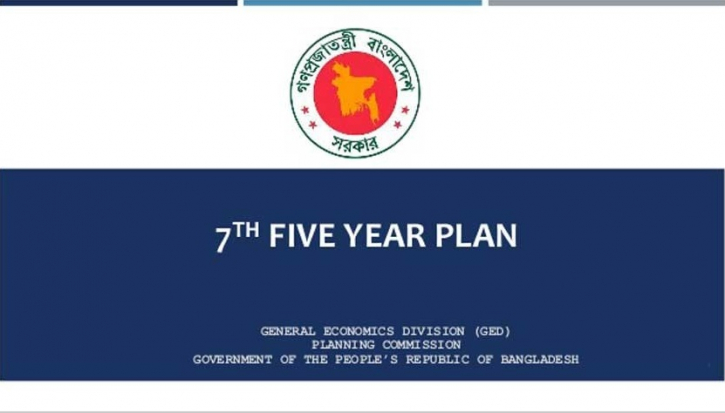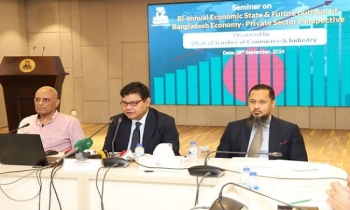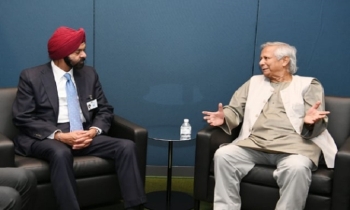Failures and achievements of the 7th five-year plan
BI Report || BusinessInsider

Photo: Collected
The Seventh Five-Year Plan that ended in June this year has resulted in many development achievements, but several failures were also visible, according to economic analysts.
They said during the period, the country witnessed significant achievements in areas such as increases in literacy rate, life expectancy at birth (aged 15 and above), rice production, energy production, remittance earning, and sectoral contribution in GDP.
Despite the achievements, several fault lines were also visible during the last five years, they observed.
Employment generation has been one of the main objectives to ensure sustainable growth in the plan, but the employment situation deteriorated during the period.
“Aggregate employment target was not achieved, youth unemployment rate is significantly higher than the national average unemployment rate, and the unemployment rate of educated youth was even higher,” said the Citizen’s Platform for SDGs, Bangladesh in a statement after a virtual multilogue on Bangladesh’s Eight Five Year Plan (2021-25): Development Strategy and Interests of the “Left Behind.”
The event was organised on Thursday ahead of the Eighth Five-Year Plan to be rolled out soon. The new plan was expected to finalise by then, but it has been delayed due to the coronavirus pandemic.
There have been discrepancies between the targets and the actual outcomes in the total revenue, total public expenditure, fiscal deficit, private investment, exports, remittances and foreign direct investment (FDI), said the platform.
The sectoral share of agriculture and services in GDP decreased while the share of industry sector increased, driven primarily by large and medium manufacturing sector.
The marginal contribution of small-scale manufacturing highlights the challenge of lack of diversification and lower access of small enterprises to policy inputs and incentives.
Meanwhile, domestic demand has been driven by public consumption and investment. Private consumption declined while investments stagnated with decreasing contribution of FDI.
The poorer households experienced slower consumption growth compared to that of the richer households. Disjuncture between aggregate and disaggregate outcomes lurked in terms of major rural and urban disparity and marginalisation of lower income group.
Between 2013 and 2019, the primary school completion rates for the lower-middle class and the emerging middle class declined, and it increased for that of the richest. Even the secondary completion rate for the richest group is almost four times higher compared to that of the poorest group in 2019.
As for differential performance in health, the nutritional attainment is significantly low, deprivation is more acute in the bottom 20% and also the under-five mortality rate is nearly double in the bottom 20% household compared to that of the top 20%.
CPD distinguished fellow Dr Debapriya Bhattacharya, in his keynote paper, proposed a strategic framework which underscores redefining the development strategy to be pursued by the Eighth Five Year Plan.
“The plan should focus on mitigating inequality, social exclusion and vulnerabilities, increasing the productivity growth, bringing about technological transformation, focusing on welfare protection and promoting well-being among others,” he said.
























